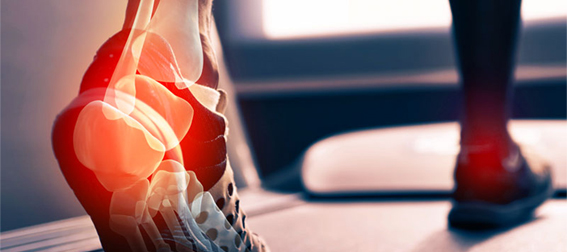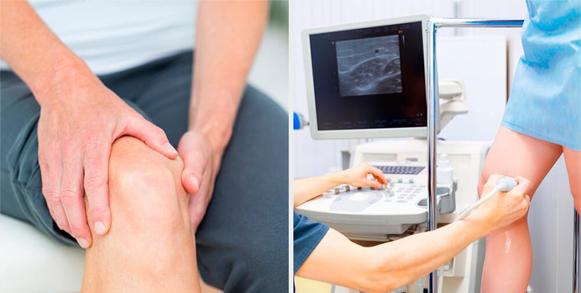Signs or Symptoms
Achilles Tendonitis is an inflammation of the Achilles tendon. This tendon attaches the muscles in the calf of the leg to the back of our heel. The tendon is long and thick, and the contraction of the calf muscles pull up on the heel, so that the toes are pointed down. Causes of inflammation include:
- Over use. This can be caused by excess running, especially up or down hill.
- Trauma, such as a kick to the tendon.
- Shoe boot pressure against the tendon.


Description
The most common site of pain is about 3 inches above the heel. The diagnostic signs of this condition are:
- Pain in the tendon when the foot is moved up and down.
- Tenderness in the tendon when you squeeze it from the sides.
Caution: If you are unable to move the foot either up or down, or you have intense pain when trying to walk, you may have a tear of the Achilles Tendon, and you should see a doctor immediately. Also, severe pain in the calf, with or without discolorations of the skin, may indicate a blood clot, which is a medical emergency; see a doctor immediately.
Treatment
In this condition, abnormal stresses have affected the function of the tendon causing the tendonitis. To treat this condition, proper muscular support must be returned. This can involve many different muscle therapies ranging from neuromuscular reeducation to strengthening exercises. Additionally, biomechanical function of the joints of the foot, knee and hip must be optimized to prevent recurrence. Other therapies may include orthotic casting or nutritional support to decrease inflammation if necessary.

